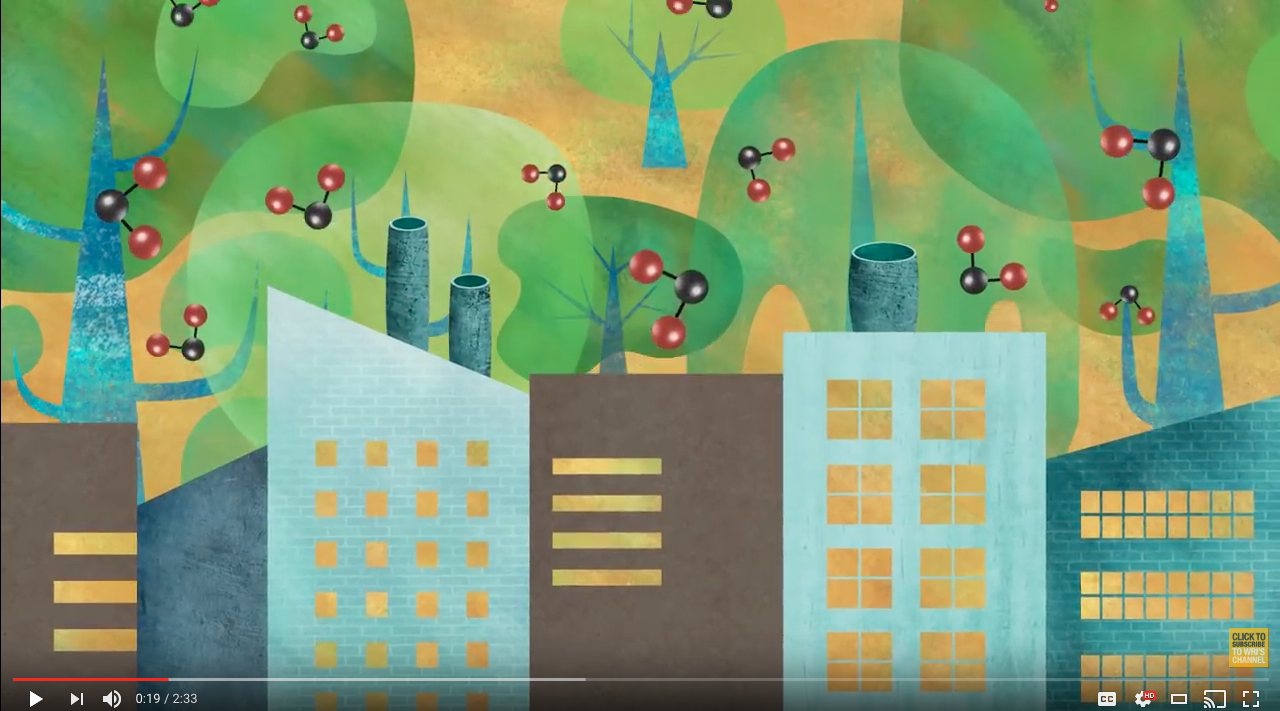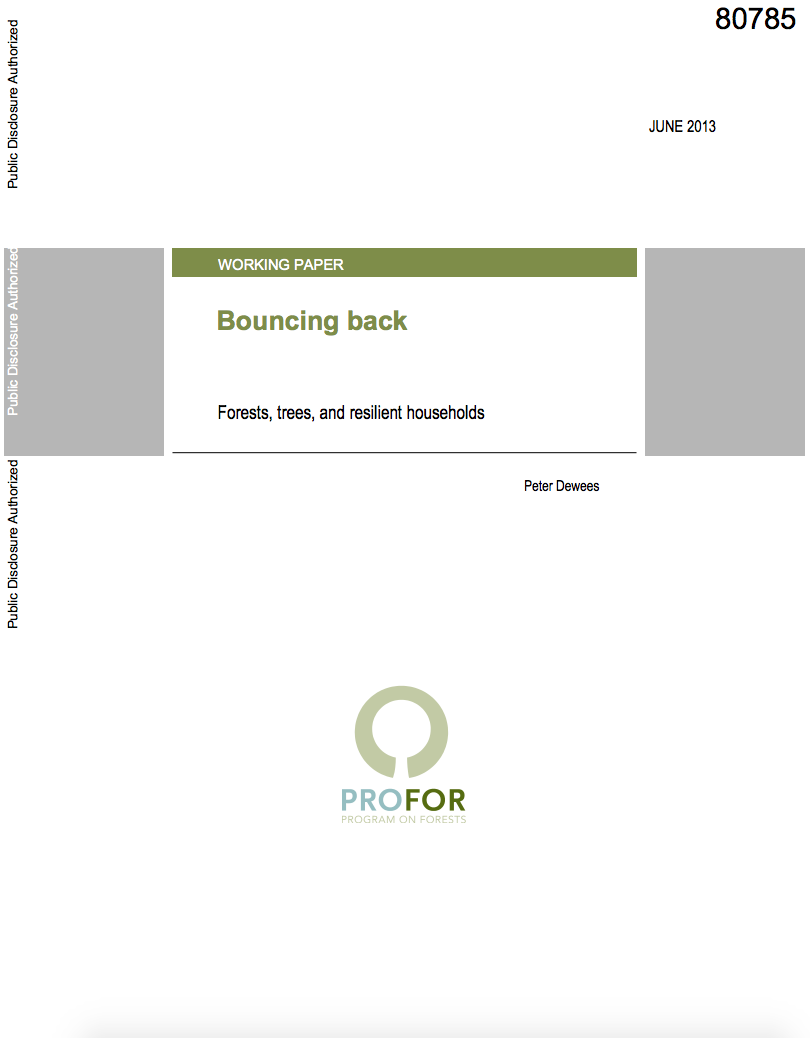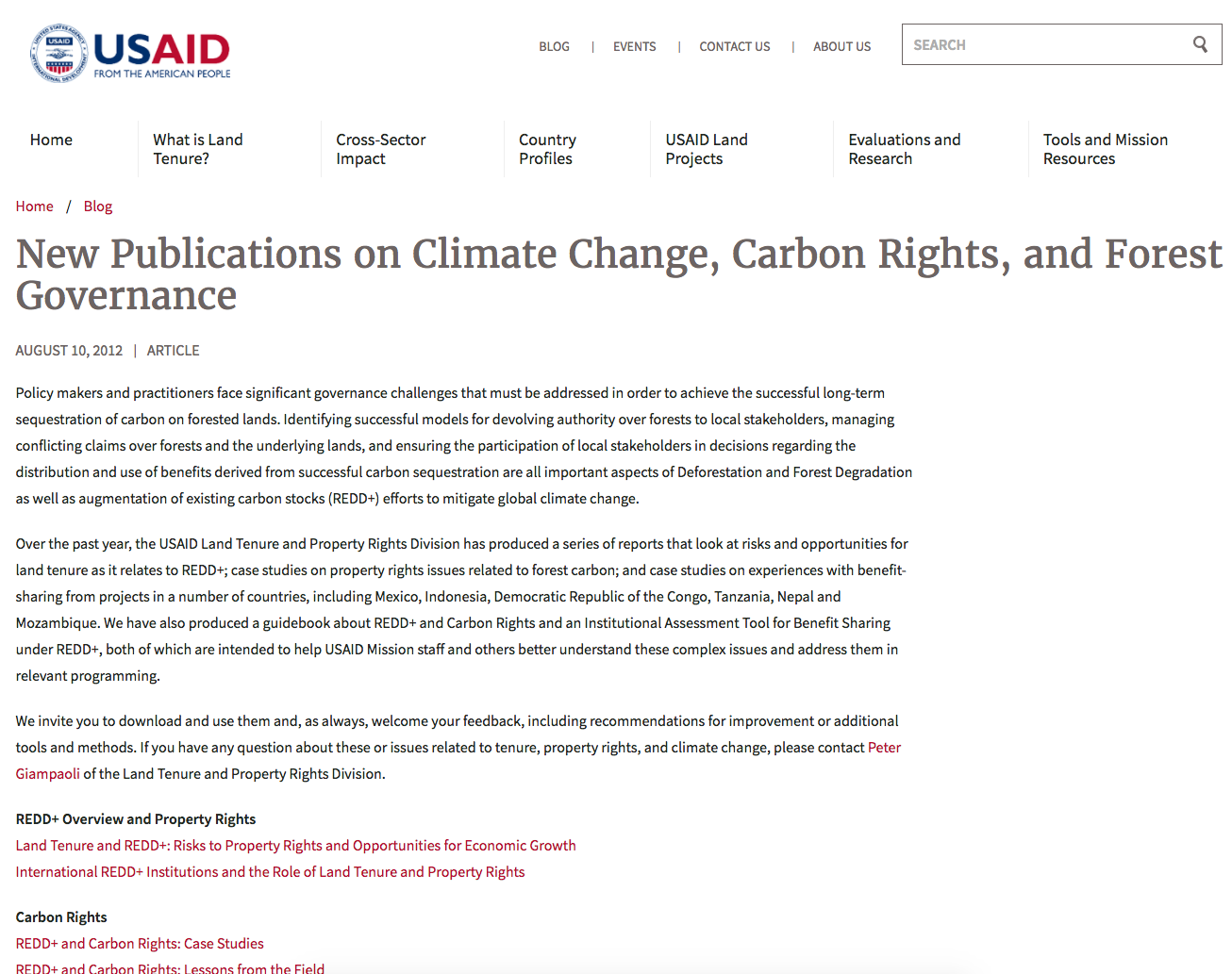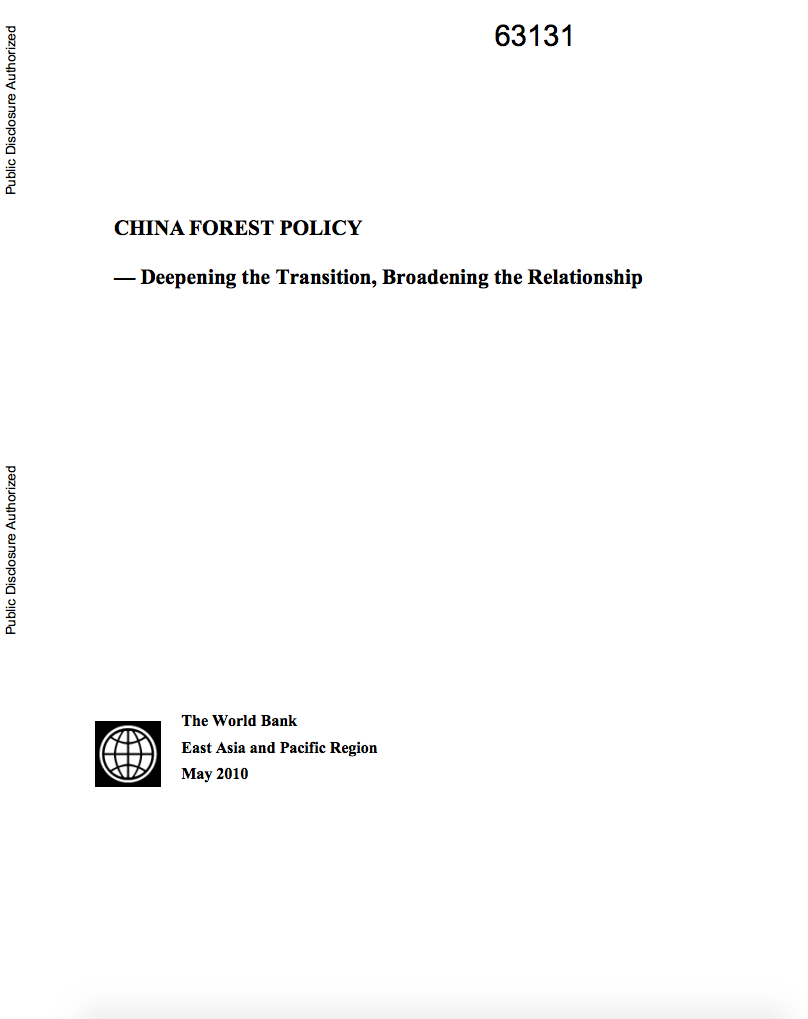
Forest area as a proportion of total land area
Last updated on 1 February 2022
This indicator is currently classified as Tier I. The Food and Agriculture Organization of the United Nations (FAO) is the Custodian agency for this indicator.
Unit of measure: Forest area of total land area (in %)
Why is the indicator important?
Forests are essential to the survival of our planet and climate change mitigation. Forests provide oxygen, store carbon, are biodiversity reservoirs and vital for humanity. Forest area as a percentage of total land area may be used as a rough proxy for analyzing the extent to which forests are being conserved or restored, but it is only partially an indicator of whether forests are being sustainably managed. Changes in forest area reflect the demand for land for non-forest uses and may help identify unsustainable practices in the forestry and agricultural sector.
The availability of accurate data on a country's forest area is crucial for forest policy and planning within the context of sustainable development. This indictor may help inform policy and management actions, as well as guide public and private investment. Adequate forest resources ensure social, economic and environmental stability as well as sustainable development for future generations. The COVID-19 pandemic is expected to add pressure to forests and contribute to increasing deforestation.
How is the indicator measured and monitored?
According to the metadata document, forest is defined as “land spanning more than 0.5 hectares with trees higher than five meters and a canopy cover of more than 10 percent, or trees able to reach these thresholds in situ. It does not include land that is predominantly under agricultural or urban land use.” Land area is understood as the country area excluding area under inland and coastal waters.
Data collection on forest area draws on the Global Forest Resources Assessment (FRA) which is carried out every five years. All data are provided to FAO by countries in the form of a standard country report through an online platform. FRA 2020 is the latest assessment covering 236 countries and territories. Data on land area is collected through the FAO Questionnaire on Land Use, Irrigation and Agricultural Practices that is send annually to 205 countries and territories. Regional aggregations are available. Although access to remote sensing data has improved, forest regrowth or forest with a low canopy covers density cannot always be detected.
By Anne Hennings, peer-reviewed by Anne Branthomme, Forestry Officer at FAO.
Official indicator data
The indicator provides a measure of the relative extent of forest in a country. * Select "year" below to see the most recent data for more countries.
Other related indicators on Land Portal
In addition to the official indicator data, the following indicators provide information on forest land, indigenous as well as individual forest tenure.
| Indicator | Min-Max Number of years |
Countries / Obs | Min / Max Value |
|---|---|---|---|
| Forest land designated by governments for Indigenous Peoples and local communities | |||
| Forest land owned by Indigenous Peoples and local communities | |||
| Forest land owned by individuals and firms | |||
| Indigenous rights to land & forest are (i) recognized and (ii) protected in practice |
Uncertain rangeland rights put traditional knowledge, sustainability at risk
NAIROBI (Landscapes News) – Rangelands cover almost half the world’s land surface. Consisting mainly of grasses, and plants, they have often been considered barren lands that should be converted to agriculture.
Ethnic minorities share information on deforestation
The average annual rate of deforestation is nearly 600,000 acres, and deforestation rates in the forested areas re higher than that in non-forested areas, said Tin Tun, director of the Ministry of Natural Resources and Environmental Conservation, at a workshop on knowledge-sharing among ethnic minority groups in programme to reduce emissions and deforestation in Asia. The workshop was held at the Horizon Lake View Hotel in Nay Pyi Taw yesterday.
Deforestation in the Brazilian Atlantic Forest Increased Almost 60% in 2016
SAO PAULO, Brazil – On May 29 the NGO SOS Mata Atlântica and the Instituto Nacional de Pesquisas Espaciais released their annual report on the Atlantic Forest with some worrying results. The report shows that between 2015 and 2016, more than 29,000 hectares (71,660 acres) of native forests were lost. That’s a 57.7 percent increase over the previous year.
Deforestation in Sindh
By:MOHAMMAD HUSSAIN KHAN
Date: February 2017
Source: Dawn
SHRINKING riverine and inland forests have significantly reduced production and supply of wood required for soil fertility, livestock’s fodder, firewood and a growing furniture market.
Paginación
What Future For Reform?
Who owns the world’s forests, and who decides on their governance? The answers to these questions are still deeply contested. To many Indigenous Peoples and local communities who have lived in and around forests for generations, the forests belong to them, under locally defined systems of customary tenure.
Bouncing Back : Forests, Trees, and Resilient Households
This paper examines some of the concepts
surrounding the idea that forests and trees can contribute
to making households more resilient to food insecurity. The
paper begins with a discussion of the widely accepted
definitions of food security, and the implications for our
Climate Change, Carbon Rights, and Forest Governance
Policy makers and practitioners face significant governance challenges that must be addressed in order to achieve the successful long-term sequestration of carbon on forested lands.
China Forest Policy : Deepening the Transition, Broadening the Relationship
A pattern of forest area loss followed
by a period of reforestation is representative of the forest
transition process. Forest transition has been observed in
many countries and is a feature of the development process.
China reached its inflection point earlier and faster than
Paginación
![]()

By 2020, ensure the conservation, restoration and sustainable use of terrestrial and inland freshwater ecosystems and their services, in particular forests, wetlands, mountains and drylands, in line with obligations under international agreements
Indicator details
The Indicator is conceptually clear, has an internationally established and available methodology and standards, and that data is regularly produced by countries for at least 50 per cent of countries and of the population in every region where the indicator is relevant.
Key dates:










